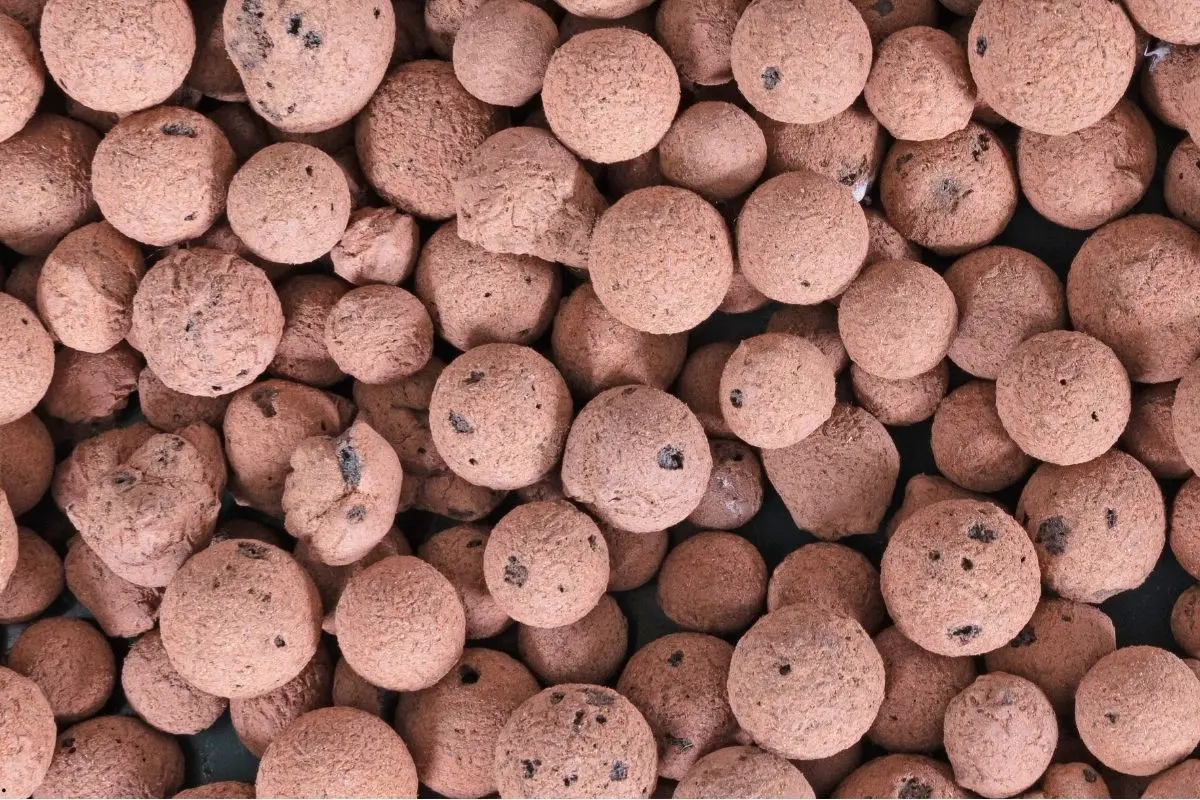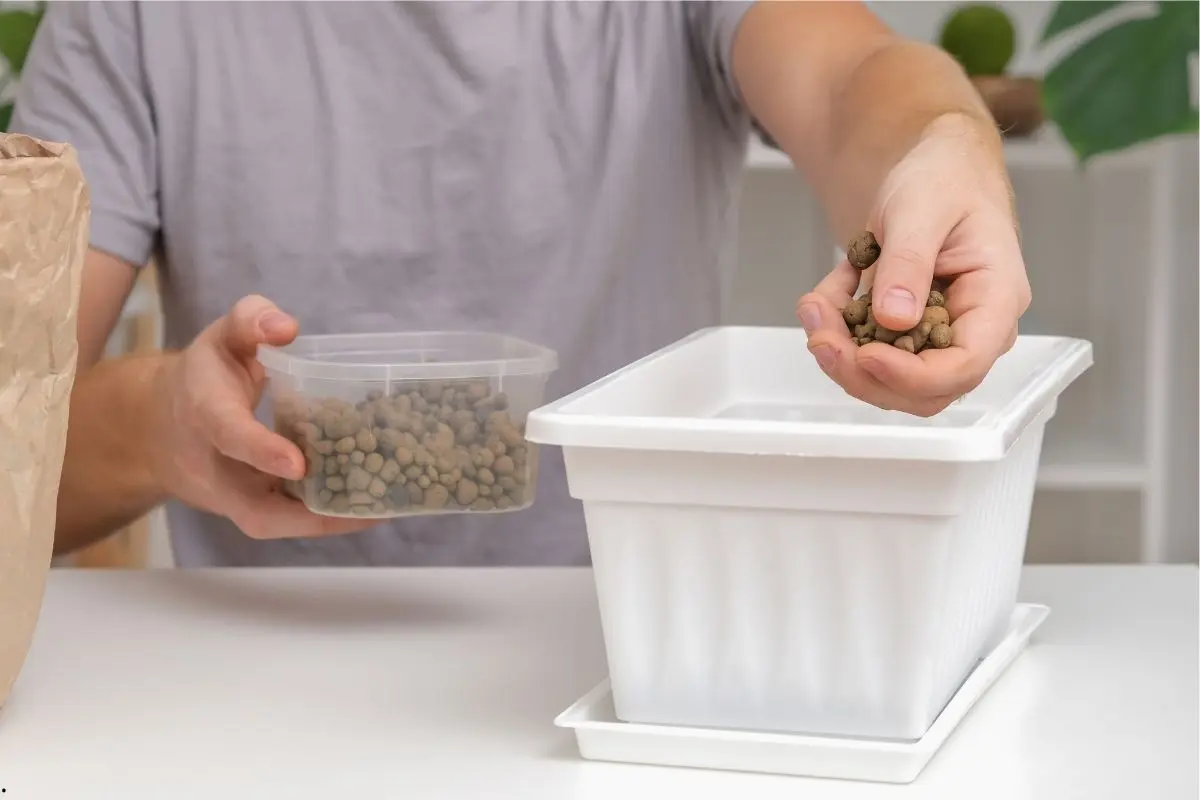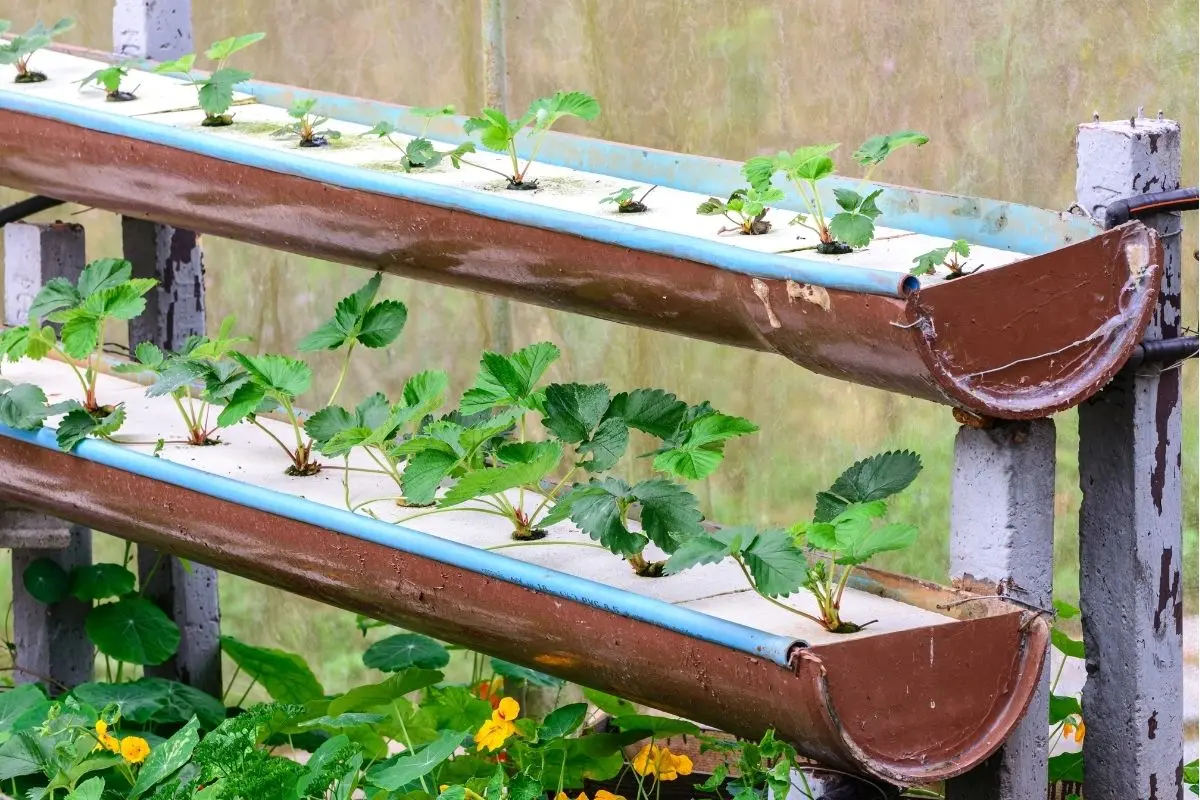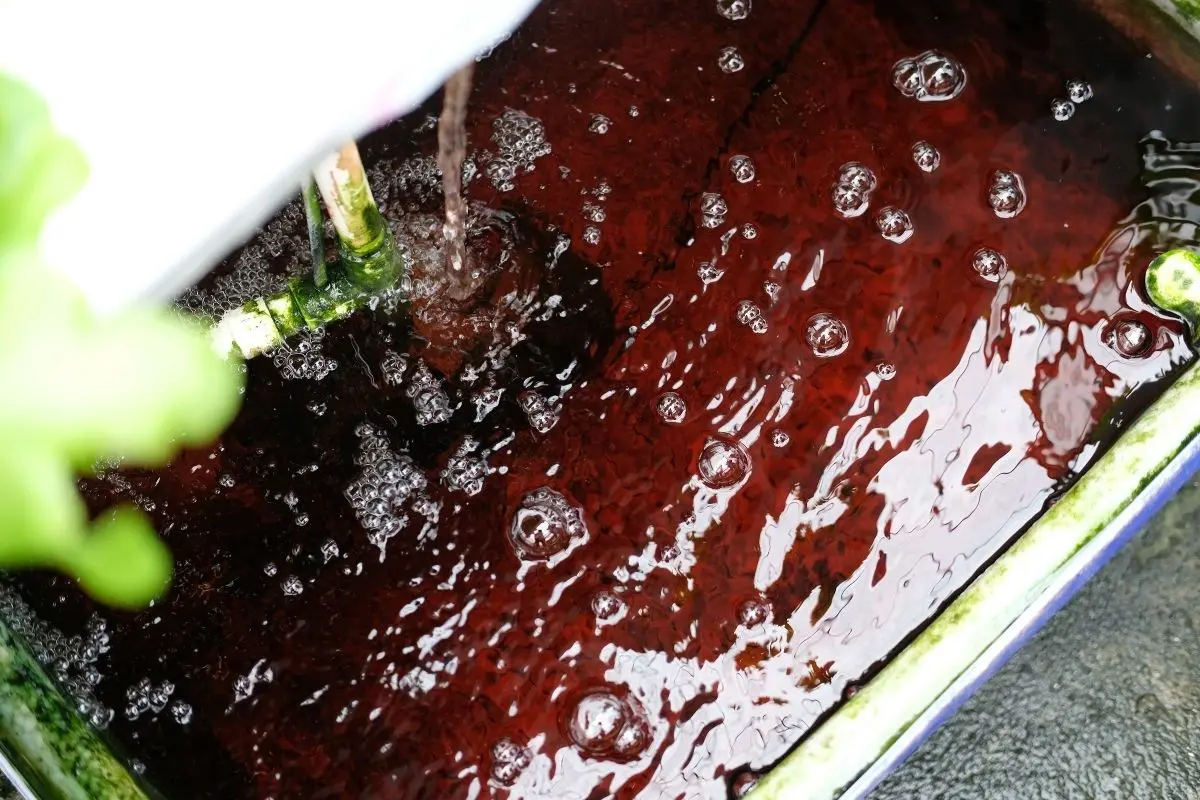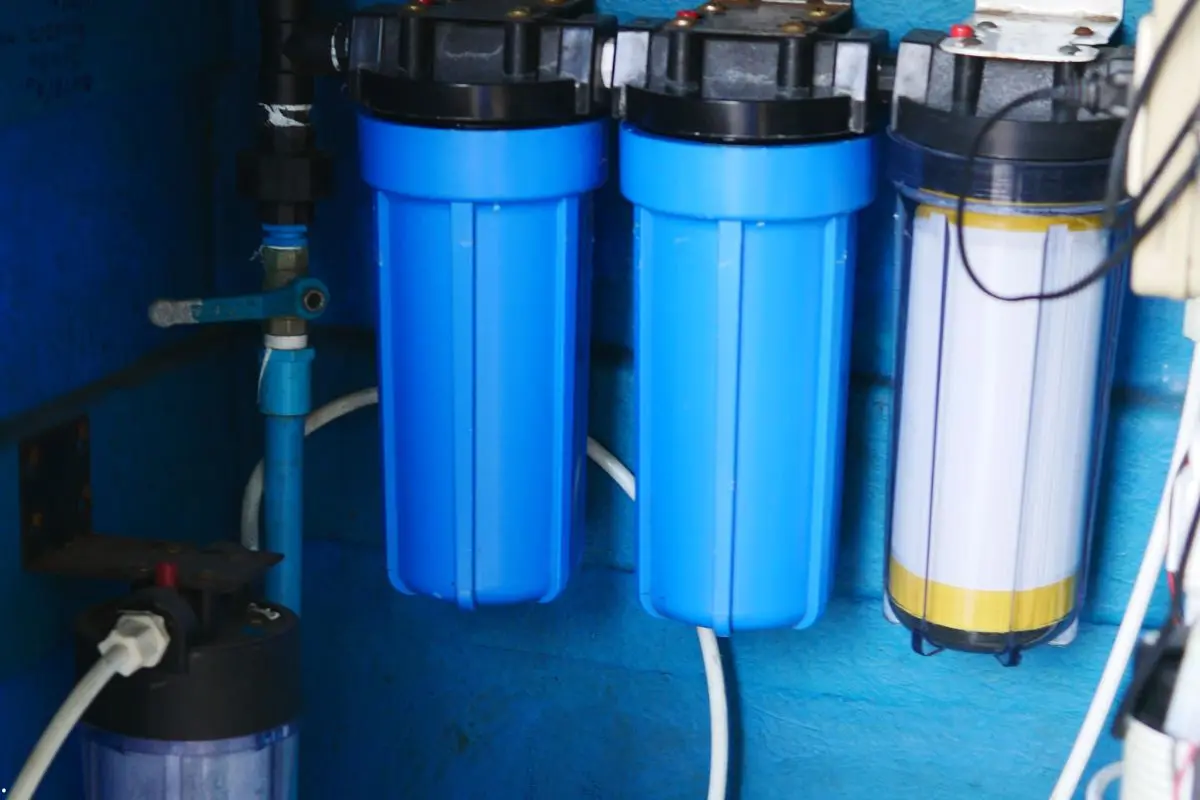When people think of hydroponics, they usually imagine plants growing directly in water or nutrient solution. In reality, many hydroponic systems make use of substrates. Their role is not to provide nutrients – that’s the job of the solution – but to give plants stability, maintain moisture, and allow proper oxygenation of the roots. Choosing the right medium makes a huge difference: it influences how fast roots develop, how often nutrients must be adjusted, and how easy the entire system is to manage.
Let’s look at the most commonly used hydroponic substrates: rockwool, expanded clay (hydroton), coco coir, perlite, and vermiculite.
Rockwool – the Classic in Hydroponics
Rockwool is perhaps the most widely used substrate in commercial hydroponics. It’s lightweight, porous, and retains water extremely well. It comes in cubes, slabs, or granules.
Advantages:
- Excellent water retention – plants always have access to moisture.
- Good air structure – roots breathe and grow vigorously.
- Easy to plant and transplant.
Disadvantages:
- Must be thoroughly soaked and pH-adjusted before use (initial pH is often above 7).
- Synthetic material – disposal and recycling are problematic.
- Can hold too much water if the system is not well balanced.
Tip: Always soak rockwool cubes in water at pH 5.5–5.8 before planting to neutralize the medium.
Expanded Clay (Hydroton) – Lightweight Clay Pebbles
Expanded clay pellets are made by firing clay at high temperatures until it forms lightweight, porous balls. They are highly popular for their durability and excellent aeration.
Advantages:
- Outstanding root oxygenation.
- Reusable – can be cleaned and sterilized.
- Stable, with no effect on pH or EC.
Disadvantages:
- Low water retention – requires more frequent irrigation.
- Heavier than other substrates, so large containers can be weighty.
Tip: Clay pebbles work best in recirculating systems like NFT or drip irrigation where nutrients flow regularly.
Coco Coir – the Natural Compromise
Coco coir, made from the fibrous husk of coconuts, has become extremely popular as an eco-friendly alternative to rockwool.
Advantages:
- Retains water well while remaining airy.
- 100% natural and biodegradable.
- Neutral pH when properly buffered.
- Encourages strong root development in young plants.
Disadvantages:
- May contain residual salts if not properly washed.
- Requires supplementation with calcium and magnesium (Ca/Mg).
Tip: Always choose buffered, horticultural-grade coco coir designed for hydroponics.
Perlite – Lightweight and Airy
Perlite is expanded volcanic glass that holds some water but mainly improves aeration and drainage.
Advantages:
- Extremely lightweight, easy to mix with other substrates.
- Improves root oxygenation.
- Chemically inert.
Disadvantages:
- Dusty to handle (moisten before use).
- Lacks stability – best used in blends rather than alone.
Vermiculite – Moisture Retainer
Like perlite, vermiculite is a volcanic material. Its key feature is its ability to hold a large amount of water.
Advantages:
- Excellent moisture retention.
- Helps regulate root-zone temperature.
- Chemically neutral.
Disadvantages:
- On its own, may cause overwatering and poor aeration.
- Best used as a component of mixes with perlite or coco.
Comparison Table of Hydroponic Substrates
| Substrate | Water Retention | Aeration | Eco / Recycling | Difficulty Level | Best Use Cases |
|---|---|---|---|---|---|
| Rockwool | Very high | Good | Poor (synthetic) | Medium | Commercial grows, seedlings |
| Clay Pebbles | Low | Excellent | Reusable | Low | Recirculating systems |
| Coco Coir | High | Good | Biodegradable | Low/Medium | Universal indoor/outdoor |
| Perlite | Medium | Excellent | Natural, lightweight | Low | Additive to mixes |
| Vermiculite | Very high | Moderate | Natural | Low | Additive for moisture |
Conclusion
There’s no single “best” hydroponic substrate. Rockwool dominates in large-scale operations for its consistency, clay pebbles are nearly indestructible and ideal for recirculating systems, and coco coir offers a natural, versatile solution for small or medium grows. Perlite and vermiculite shine as additives, improving aeration and water retention in blends.
Ultimately, the right choice depends on your system, the plants you’re growing, and how much control and maintenance you’re comfortable with. The right substrate can make hydroponics smoother, more efficient, and far more rewarding.

